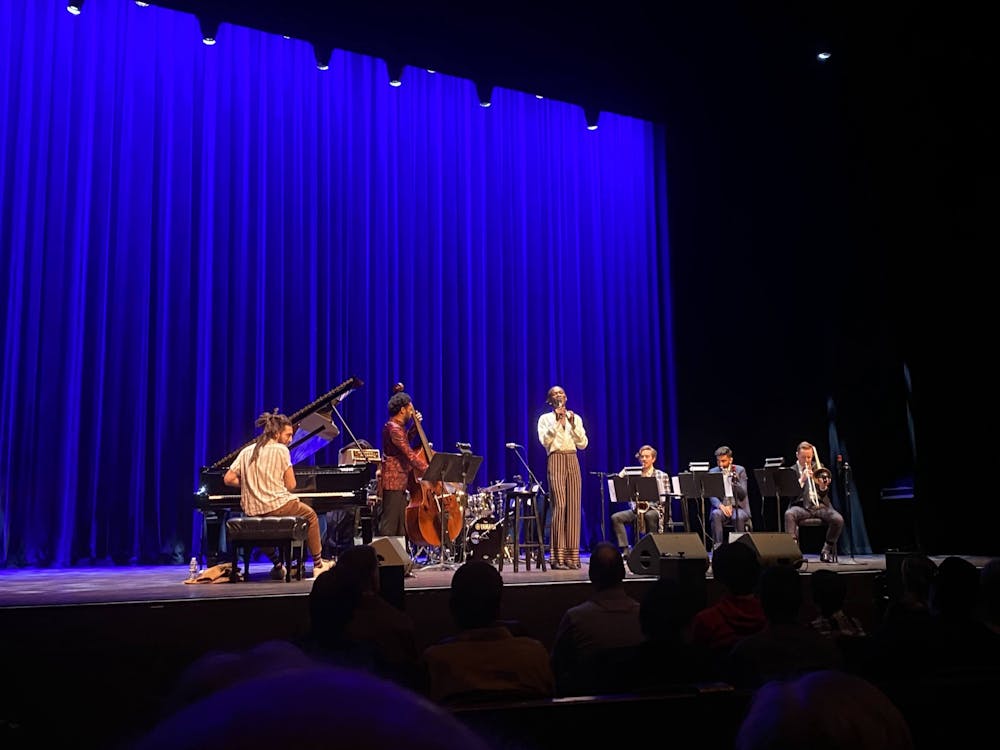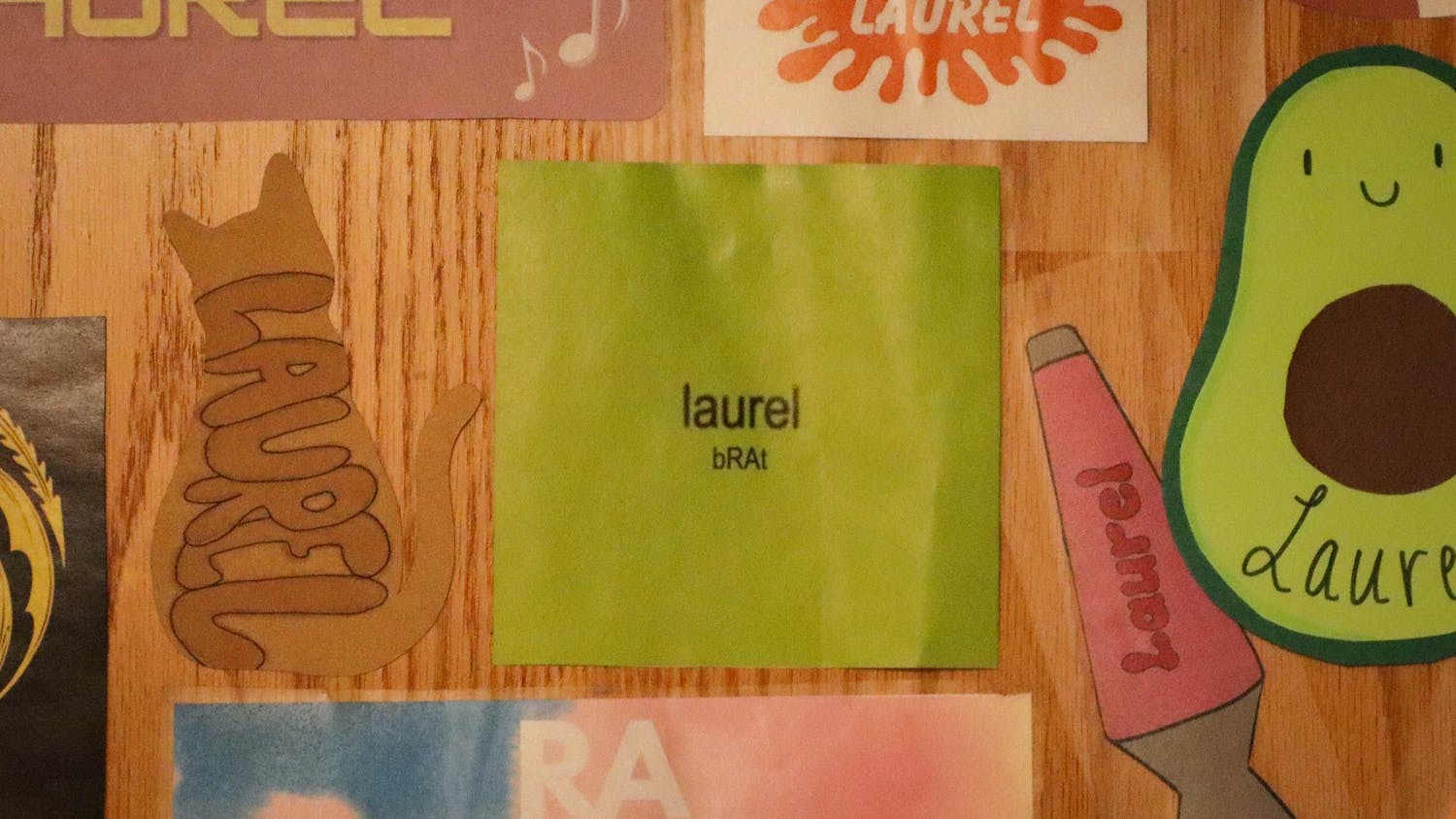Jazz at Lincoln Center brought their show, “Songs We Love,” to the IU Auditorium Feb. 20. A revival of the opener to JALC’s 2016 season, the show explores the early years of jazz music from the 1920s to the 1950s.
Directed by trumpeter Riley Mulherkar, the ensemble is made up of many up-and-coming jazz musicians out of New York City, including featured vocalists Vuyo Sotashe, Brianna Thomas and Shenel Johns.
The performance opened with “St. James Infirmary Blues,” a standard made famous by Louis Armstrong. The band evoked the earliest days of jazz in their style, with an arrangement reminiscent of the sounds of New Orleans.
Related: [Pep up your two step: local performances this week]
Characteristic of this style was the collective improvisation of the horns, with Evan Harris on reeds, Andy Clausen on trombone and Mulherkar on trumpet. The New Orleans tradition relies heavily on the improvisatory voice, and this horn section brought tremendous energy to the tune.
Mulherkar explained between songs a little bit of the history of their next selection, “See See Rider,” a tribute to the blues singing of Ma Rainey. In keeping with this style, the vocal took on a bluesy quality while retaining the more modern sound common to the New York scene.
Jazz at Lincoln Center is known to be one of the world's premier programs not only in jazz performance, but also in education and outreach. This spirit is apparent in the way their musicians play. It’s clearly well-thought-out, intelligent playing, but with enough soul to keep it entertaining.
The educational capabilities of JALC were also on display with Mulherkar explaining the history of the music and how it progressed through their repertoire. Next, we moved to the Savoy Ballroom, where Ella Fitzgerald famously cut her teeth, for “Sing Me a Swing Song.”
Although the ensemble only had three horns, they did their best to emulate the sound of a classic big band. The rhythm section was busy and consistent, while the horns played together melodically and coalesced for backgrounds behind solos.
Before playing “Miss Brown to You,” Mulherkar shared a bit of wisdom from an earlier Q&A session, where someone had asked how they adapt such a wide-reaching setlist to their own style. He said it was important to “find yourself in the song,” and this approach was clearly evident throughout.
“Miss Brown to You,” for example, was done as a duet between Sotashe and Johns where the feel changed depending on who was singing. Satoshe’s warm tenor floated over a laid-back, samba-esque feel, while Johns’ flashy, virtuosic vocal ran wild around an uptempo swing.
“Over the Rainbow” also took a more modern approach. Thomas’ bright, powerful voice was the consistent part this time, with Mathis Picard’s piano and TJ Reddick’s drums introducing more contemporary harmony and rhythm.
Related: [COLUMN: Paramore’s ‘This Is Why’ combines novel, familiar sounds]
Not only did they draw inspiration from the legends of the past for this show, but they also looked to the current leaders in jazz. Johns’ voice echoed that of Jazzmeia Horn, and Satoshe performed a particularly stirring rendition of “I Didn’t Know What Time it Was” that was reminiscent of Cécile McLorin Salvant’s recording.
The show ended on “God Bless the Child,” another Billie Holiday classic. The band repeated the refrain “God bless the child that’s got his own,” encouraging the audience to clap along at the relaxed tempo.
Eventually the instruments had dropped out, leaving just the vocals and clapping: the sounds of gospel. It felt a fitting end to a show that combined numerous styles of music across decades of time, bringing the modern and traditional together beautifully in harmonious unity.




